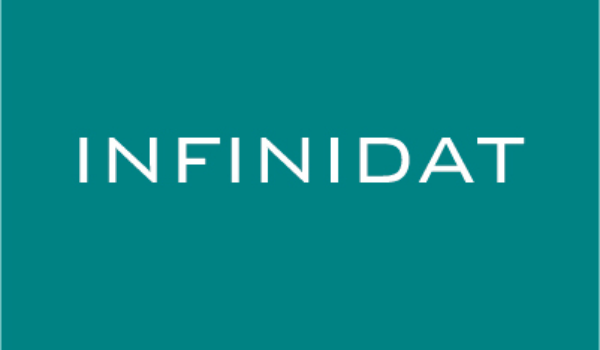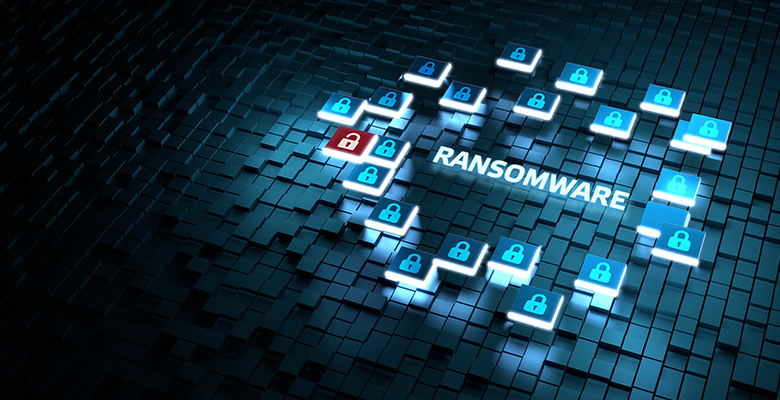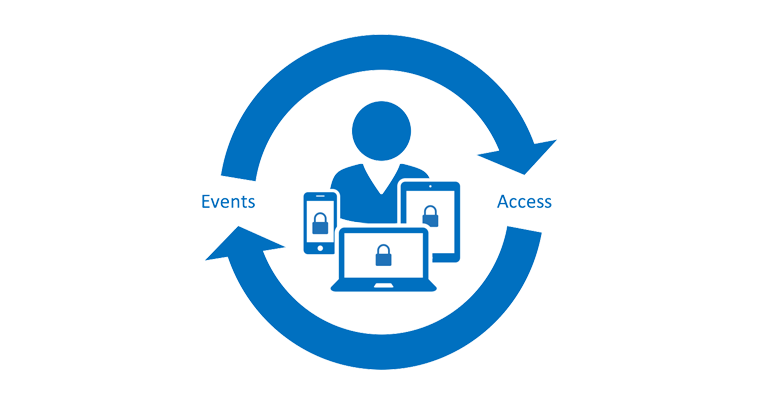As organizations continue to prioritize data governance, compliance, and information protection, Microsoft Purview has emerged as a powerful suite of tools to meet these needs. But not all Purview capabilities are created equal.
In this article, we’ll break down the primary differences between Microsoft 365 E3 and Microsoft 365 E5 Purview features, helping you understand what’s available out-of-the-box with E3 and what additional value E5 brings to the table.


.png)










